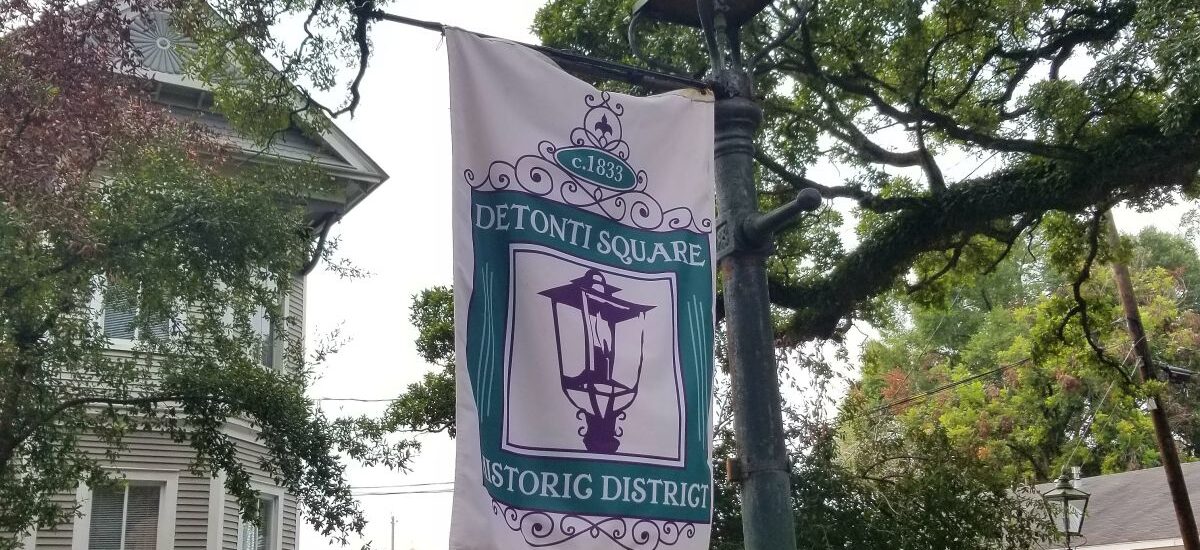Welcome to the De Tonti Square Historic District, an area steeped in history and charm located in the heart of Mobile, Alabama. This district, covering 28 acres, offers a remarkable glimpse into the city’s past, with its collection of 66 contributing buildings showcasing Federal, Greek Revival, and Italianate architectural styles. Established between 1840 and 1860, these townhouses were home to some of Mobile’s wealthiest residents.
The district bears the name of Henri de Tonti, an Italian-born French explorer who was instrumental in the early exploration of the Gulf Coast. Known for his ventures along the Mississippi River and his alliance with French colonists, de Tonti’s legacy is woven into the fabric of this area. Notably, he was recognized for his ‘Iron Hand,’ a prosthetic he used after losing his hand in battle, which is also commemorated in the local Iron Hand Brewing, a nod to his enduring influence.
During the mid-1800s, De Tonti Square was a bustling hub for Mobile’s elite, filled with grand homes and vibrant social life. However, as the 20th century approached, the district fell into decline as residents moved elsewhere. It wasn’t until the 1970s that a revival began, with preservation efforts breathing new life into the area. Today, De Tonti Square is once again a sought-after residential district, its historical significance recognized with its inclusion on the National Register of Historic Places in 1972.
Visitors to the district can explore the stunning Richards-DAR House Museum, a prime example of Italianate architecture. This historic home offers insights into 19th-century life and hosts events like the Christmas Celebration and Spring Garden Party. Other notable homes include the Hannah House and the William House, each with their own unique stories.
As you stroll through the district, imagine the footsteps of those who came before, from the early settlers to the residents who fought to preserve this slice of history. De Tonti Square’s blend of history and modern-day vibrancy makes it a captivating stop in Mobile’s rich historical landscape.




